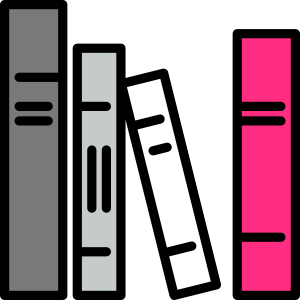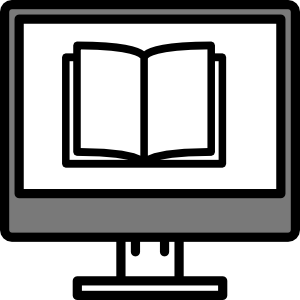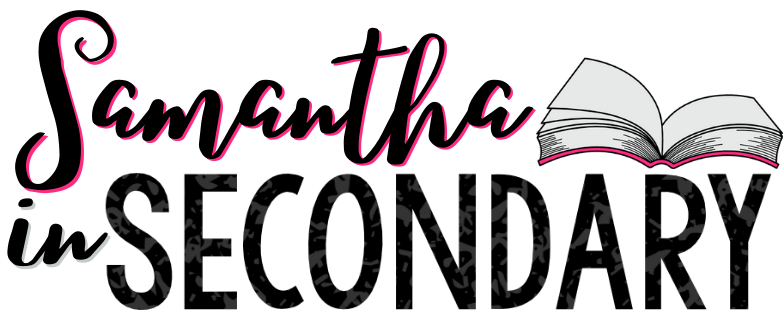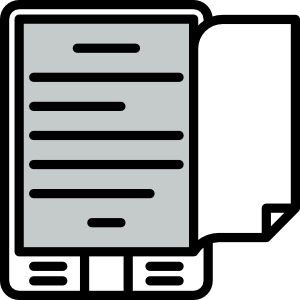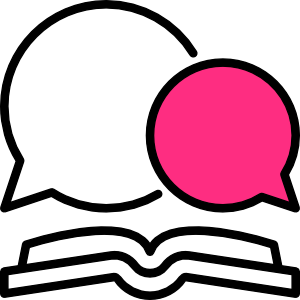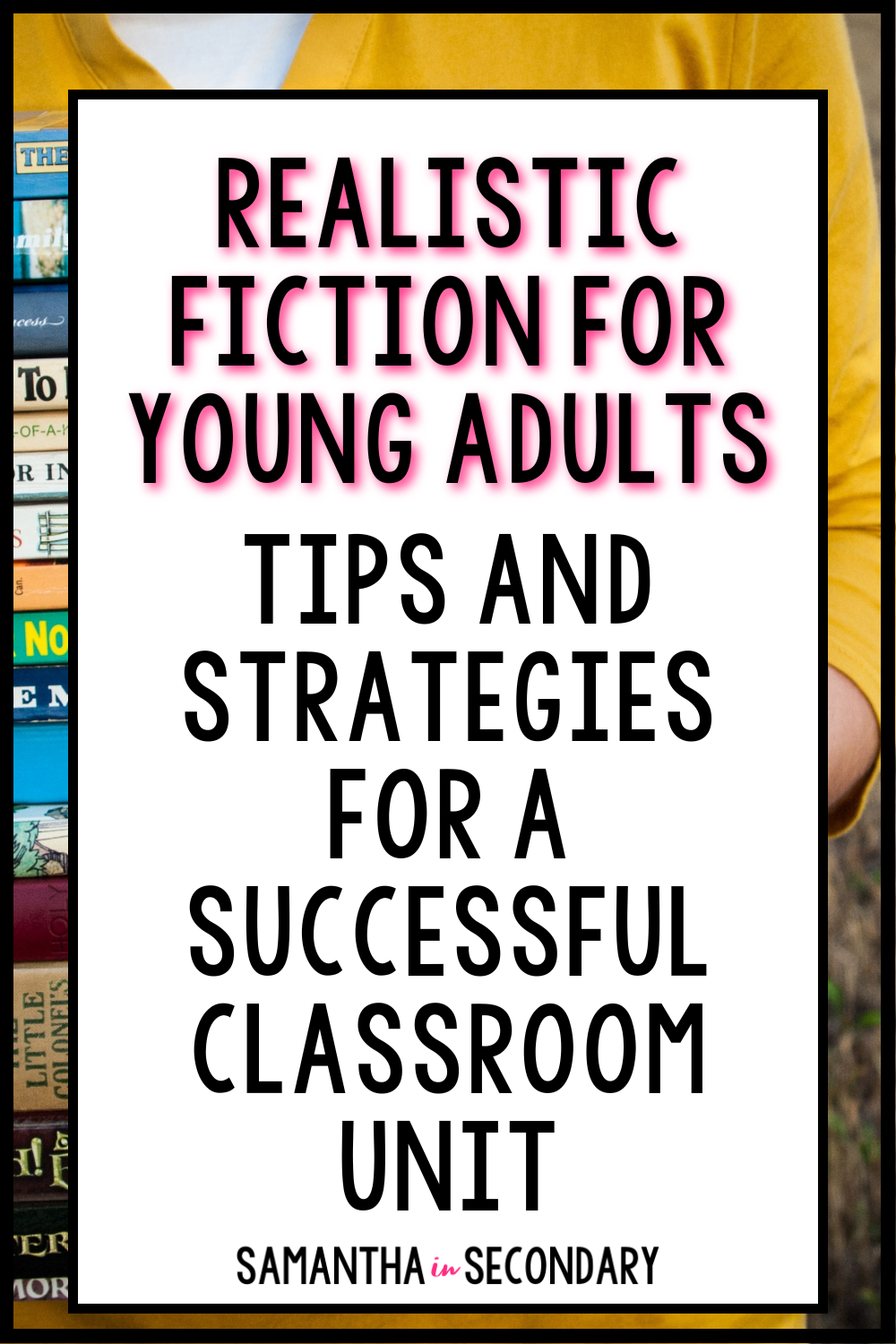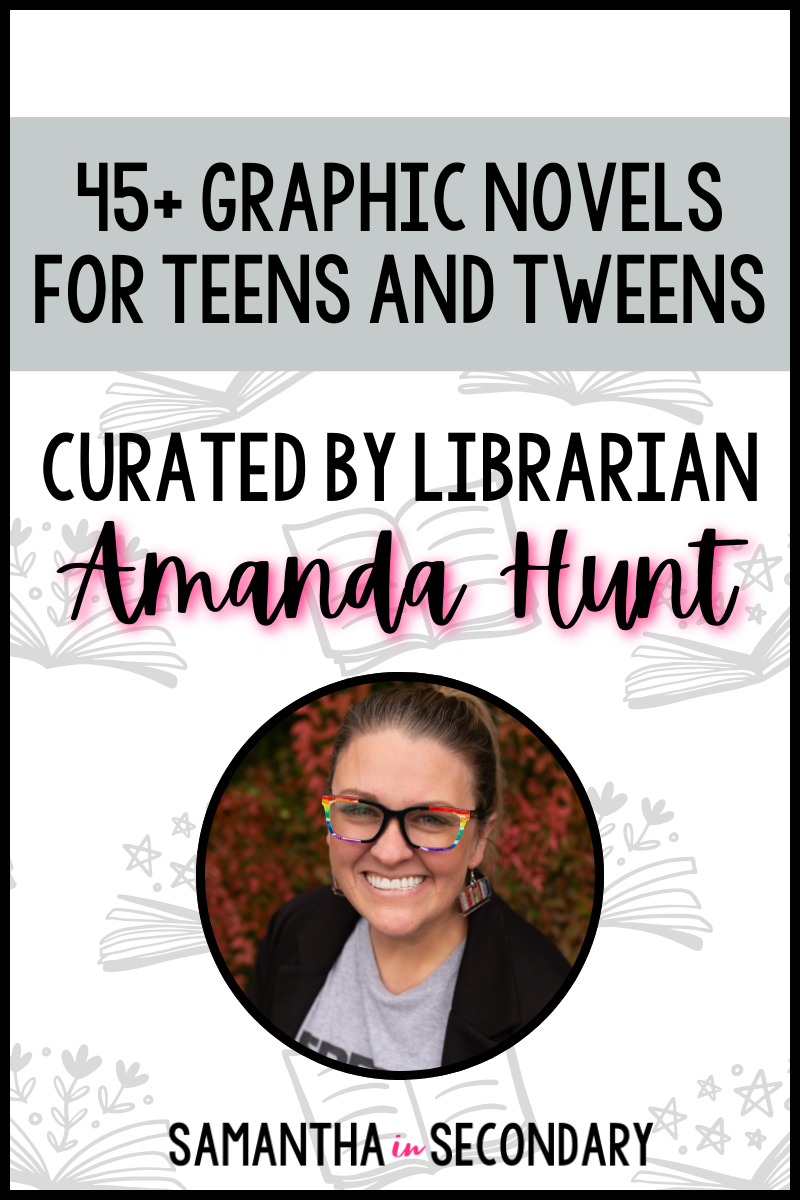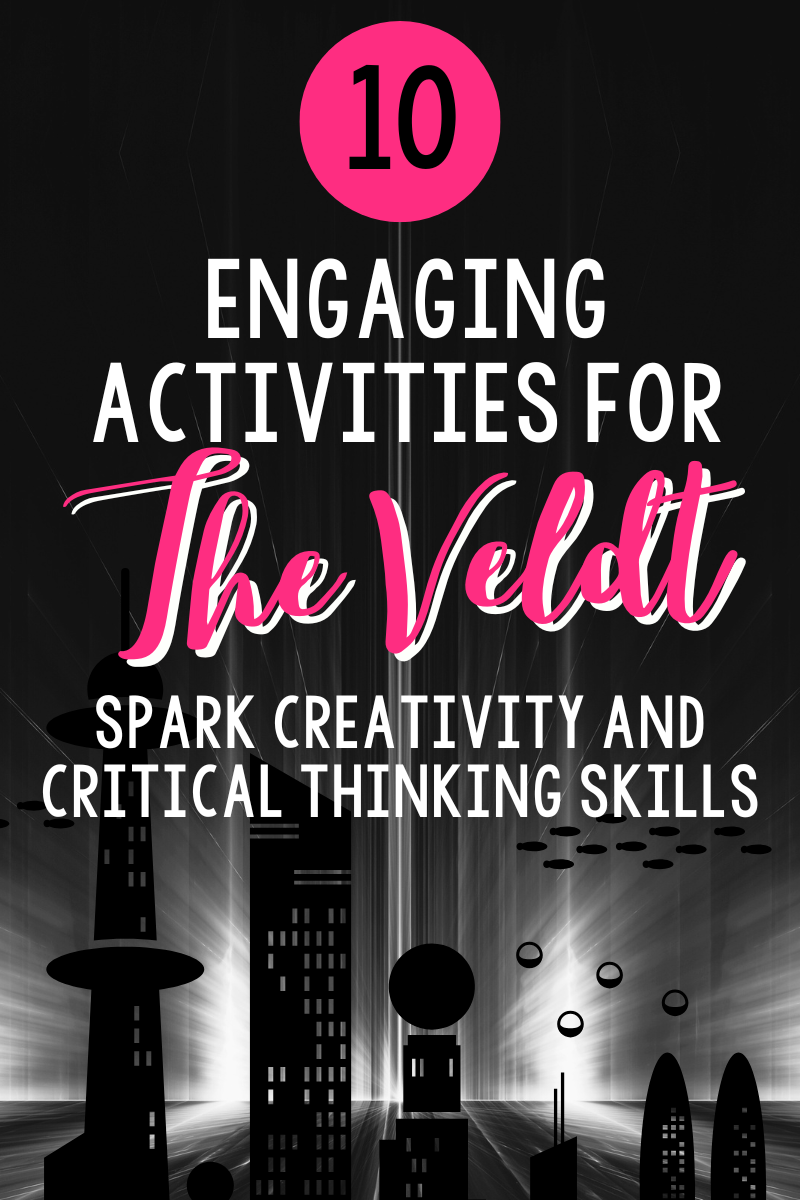I am a really big believer in making sure that my students no longer need me when they leave my class and teaching the topic of multiple intelligences in the classroom helps me prepare them. Specifically, when I plan my lessons, decide on our units, or design a class, I think about what I am offering to my students that they can take away and apply to their lives. That’s why I believe taking time to focus on teaching multiple intelligences is a crucial piece of unlocking student potential.
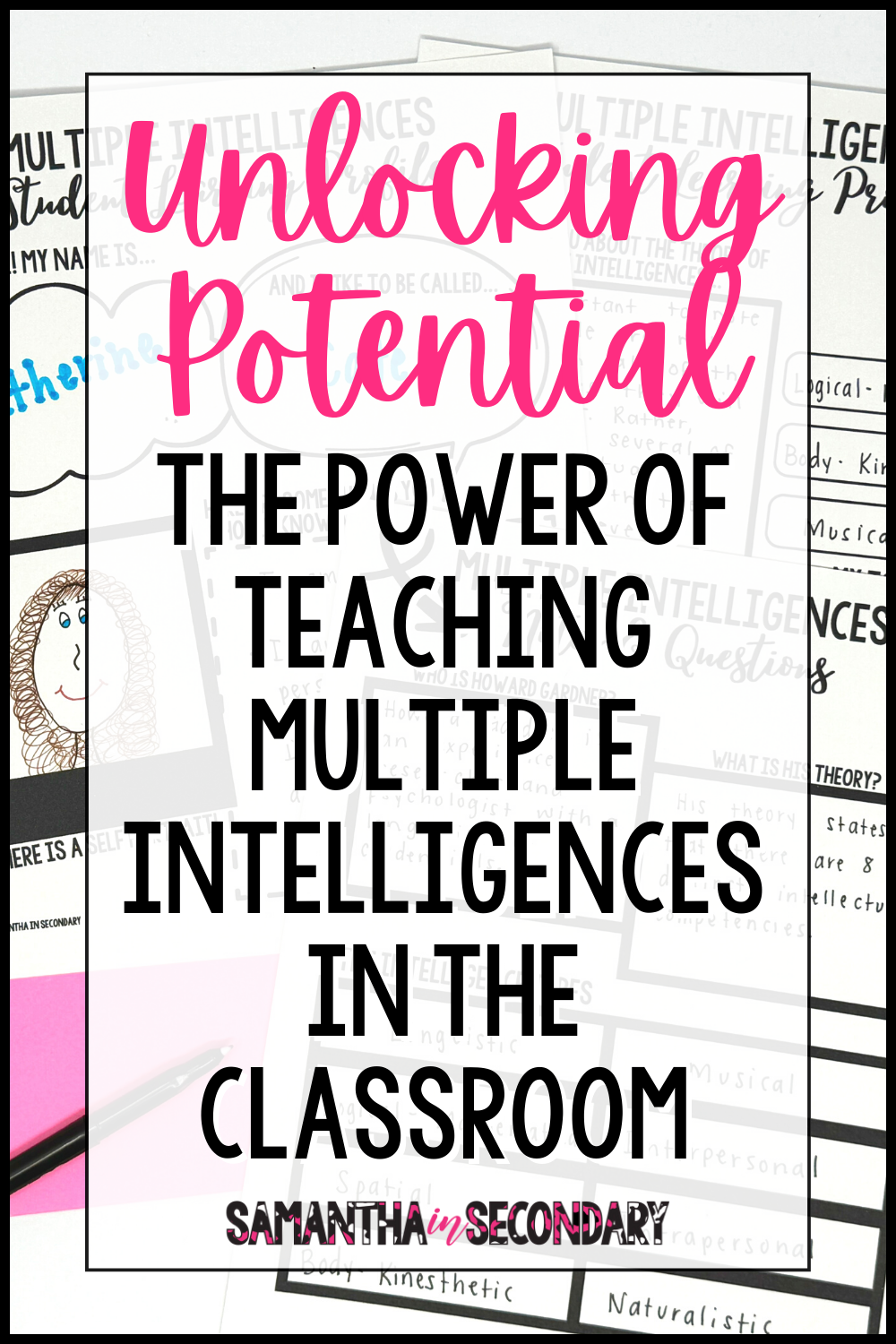
What Does Multiple Intelligences Mean?

In simple terms, the idea of multiple intelligences comes from psychologist Howard Gardner. Typically people hear “intelligence” and think about an IQ test, or the grade card students take home. It’s how well they take the standardized tests and what scholarships they win for higher education. Gardner’s theory, however, states that there are multiple ways a person can show intelligence. These are:
- Visual-spatial
- Linguistic-verbal
- Logical-mathematical
- Body-kinesthetic
- Musical
- Interpersonal
- Intrapersonal
- Naturalistic
What this means is, students should recognize they have a range of “intelligences” and talents. Understanding their strengths (and weaknesses) gives students power to advocate for themselves, to know where they thrive, and where they might need to put in some work. They can learn to recognize these strengths in others and take into account how they treat others when they aren’t learning in the same capacity. I consistently find this lesson to be incredibly valuable year after year.
What Are Multiple Intelligences?
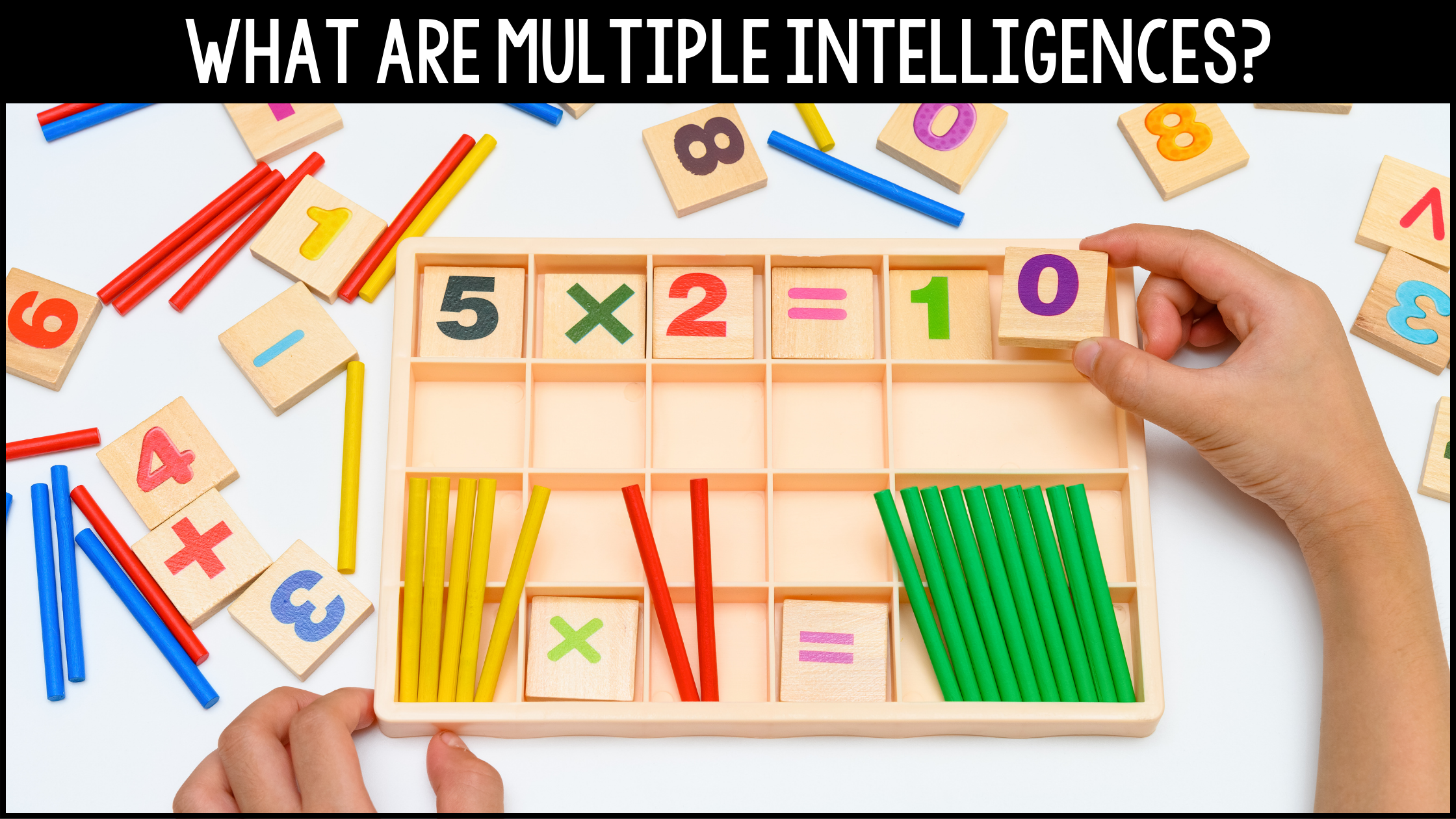
Like any theory, this one has criticisms, but to give you an idea of Gardner’s train of thought, here are the characteristics of each intelligence.
- Visual-spatial: Strong in visual and spatial judgment. Your students will probably enjoy reading and writing, putting together puzzles, and enjoy visual arts. They are quick at recognizing patterns and do well interpreting pictures, graphs and charts.
- Linguistic-verbal: Strong in language and writing. Students are likely to remember written and spoken information and can explain things well. They probably will enjoy reading and writing and use humor when telling stories. They also do well with debates and persuasive speeches.
- Logical-mathematical: Strong in problem analysis and math operations. Your students likely enjoy thinking about abstract ideas and have excellent problem-solving skills. They are good with complex computations and probably enjoy conducting experiments.
- Body-kinesthetic: Strong in physical movement and motor control. Students will remember more by doing, rather than hearing or seeing. These students are skilled in kinesthetic activities and may enjoy creating with their hands and utilizing their physical coordination.
- Musical: Strong in rhythm and music. Your students are likely strong in understanding musical structure, rhythm and notes. If they don’t play a musical instrument, they probably enjoy singing or can recognize musical patterns and notes with ease. They remember songs and melodies easily as well.
- Interpersonal: Strong in understanding other people. Students will tend to communicate well verbally and with nonverbal communication. They create positive relationships with others and can resolve conflicts in group settings. They can also consider situations from different perspectives.
- Intrapersonal: Strong in introspection and self-reflections. Your students have excellent self-awareness. They understand their own motivations and feelings and can analyze their strengths and weaknesses. These students likely enjoy analyzing theories and ideas.
- Naturalistic: Strong in finding patterns and relationships to nature. Students probably are interested in subjects related to nature or enjoy activities involving the outdoors. They may have a strong displike in topics that they cannot connect to nature and outdoors. Information that requires categorizing and cataloging are likely a strong point.
Teaching Multiple Intelligences to Students
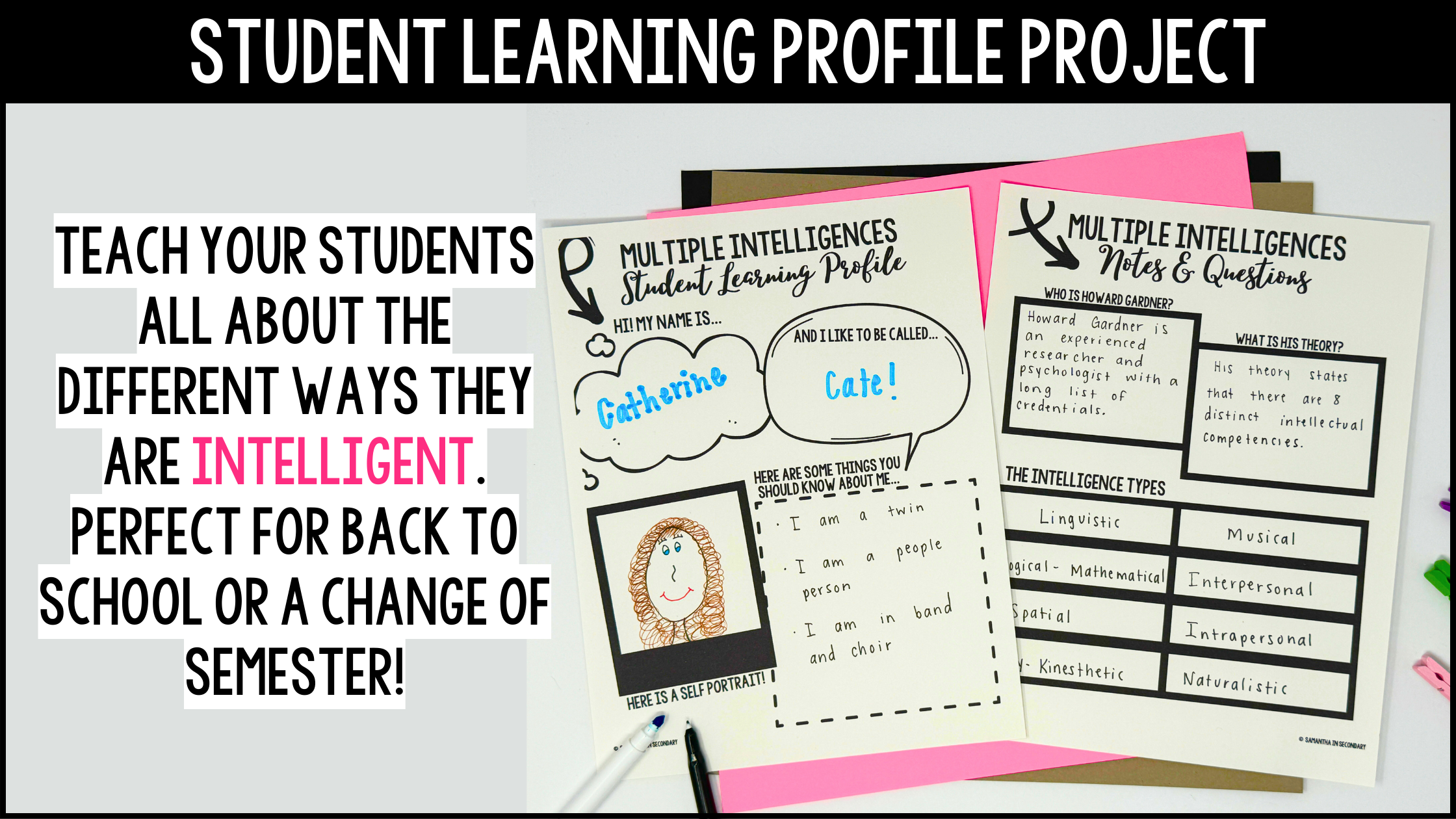
If you’re looking for a creative project that will help you to get to know your students as people and as learners, try this Multiple Intelligences Learning Profile Project. Students will be able to learn about Howard Gardner’s Theory of Multiple Intelligences and create their own individual learning profile worksheet.
Personally, I like to use this as an icebreaker, perfect for back-to-school or change of semester. But this works for any time of the year you want to have a conversation with students about multiple intelligences. My resource includes Google Slides to guide everyone through the project, an article with Doodle Notes, a Learning Profile Template, detailed lesson plan, and an editable rubric for assessment.
As an overview, I provide students with an article about multiple intelligences as well as doodle notes (find my thoughts on doodle notes in secondary here). I then use my slides to walk students through the process to complete the doodle notes together. Students then take a “quiz” to determine their own intelligences. While I don’t have a specific quiz included in my resource, I do provide a link for the online version I use in my own classes. Lastly, students receive a template for their learning profile and a rubric.
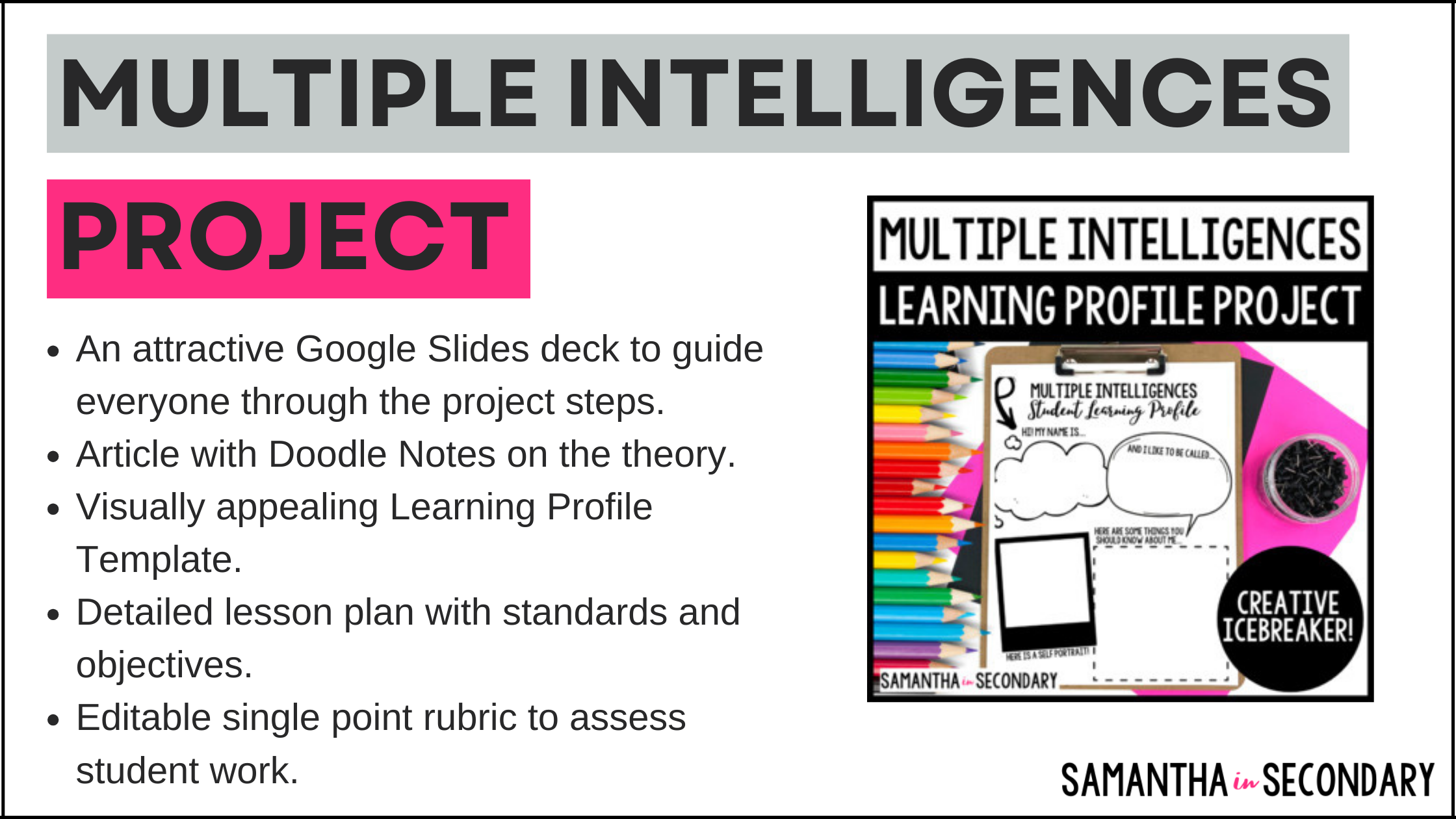
Do you use Gardner’s theory on multiple intelligences in your classroom? Or maybe you have another lesson that helps your students see their personal potential? Ask yourself how your students leave your class. Because I think we can all agree they should leave with a deeper understanding about themselves and their place in the world with the skills to navigate their future.
Happy teaching!

